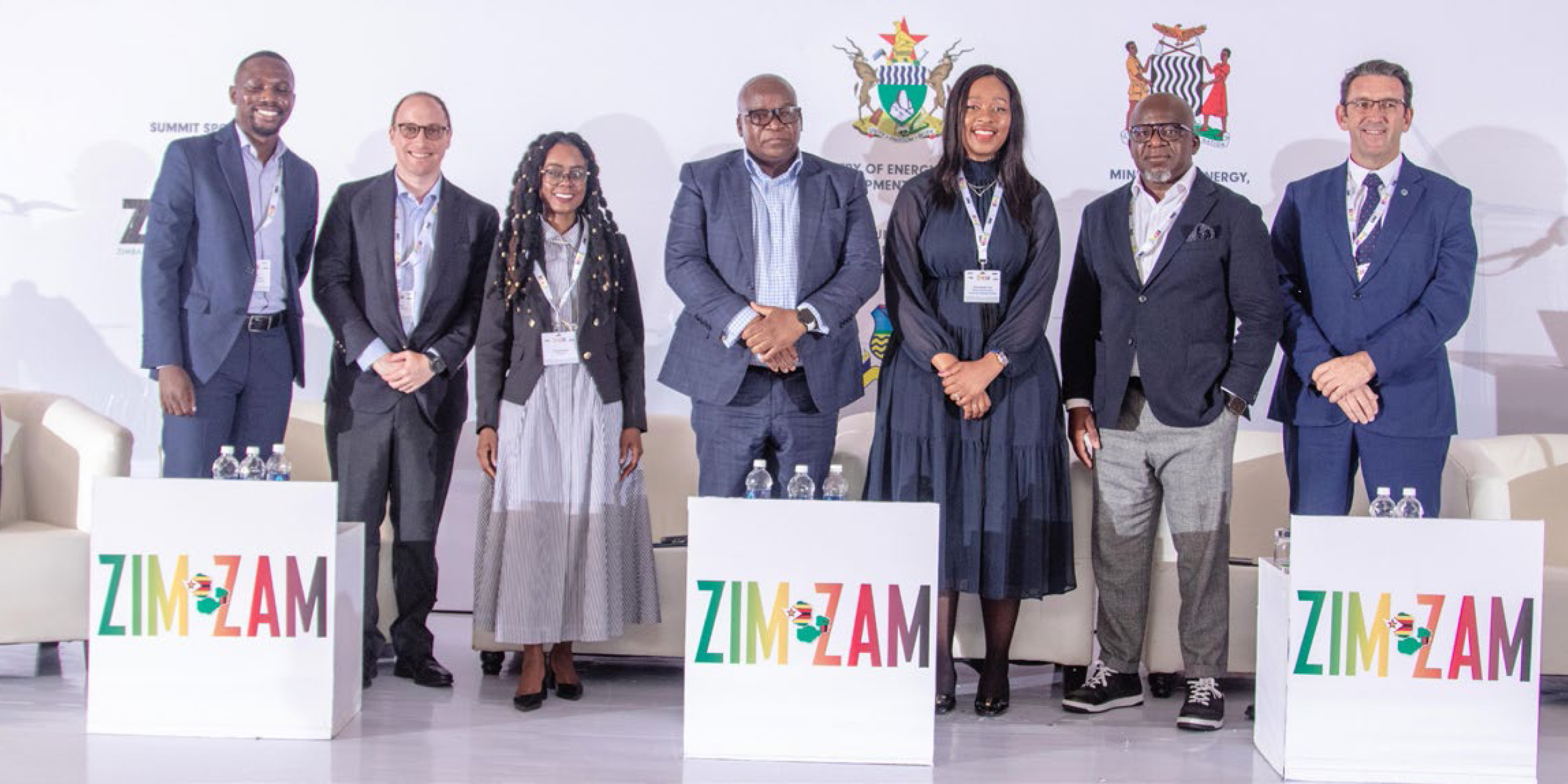The Zimbabwe-Zambia Energy Projects Summit, hosted in Victoria Falls from November 18 to 20, 2024, brought together energy leaders, policymakers, and investors to map a sustainable energy future for the region.
Guided by the theme Powering Zimbabwe and Zambia’s Sustainable Energy Future: Unlocking Opportunities in Renewables, Grid Modernization, and Energy Access, the event highlighted pressing challenges such as energy poverty, climate change, and aging infrastructure while presenting bold solutions through collaboration and innovation.
The summit emphasised the urgency of financing mechanisms to bridge the energy gap, particularly in rural and underserved communities. Blended finance emerged as a focal point, with panelists advocating for a mix of public, private, and philanthropic capital to fund decentralised renewable energy projects. These efforts aim to electrify remote areas, reduce energy inequality, and foster economic opportunities at grassroots levels.
Global trends show that $21 billion is needed annually to achieve universal electricity access, and the summit highlighted the Southern African region’s unique role in advancing this global mission.
Discussions underscored the critical need for grid modernization to meet growing demand while enhancing regional energy trade.
The ZiZaBoNa interconnector project, linking Zimbabwe, Zambia, Botswana, and Namibia, was identified as a cornerstone for improving energy resilience and regional cooperation. Investment in robust infrastructure to mitigate the impacts of climate change on hydropower systems also took centre stage, with drought mitigation strategies being prioritized.
The ZimZam Energy Summit culminated in an exciting excursion to the Power Ventures Solar Plant. The project is designed as a 25MW solar PV plant, and the intention is that it is commissioned early in the new year, after which capital will be raised to proceed to build the next 20MW.
Renewable energy’s potential to drive sustainability and reduce dependency on fossil fuels was another key takeaway. Solar and wind power solutions were identified as viable alternatives to traditional energy sources, particularly in meeting rural electrification goals.
Private sector engagement was heavily encouraged, with delegates stressing the importance of creating an investor-friendly environment to attract funding and expertise. The mining sector, a significant energy consumer in both countries, was also identified as a strategic partner in adopting cleaner energy practices.
The event reflected a shared vision for an energy-secure future, driven by innovation and collaboration. Zimbabwean and Zambian energy authorities pledged to fast-track critical projects, create enabling policy frameworks, and deepen cross-border partnerships.
The summit’s outcomes are set to inspire actionable steps toward a greener, more inclusive energy sector for the region.

